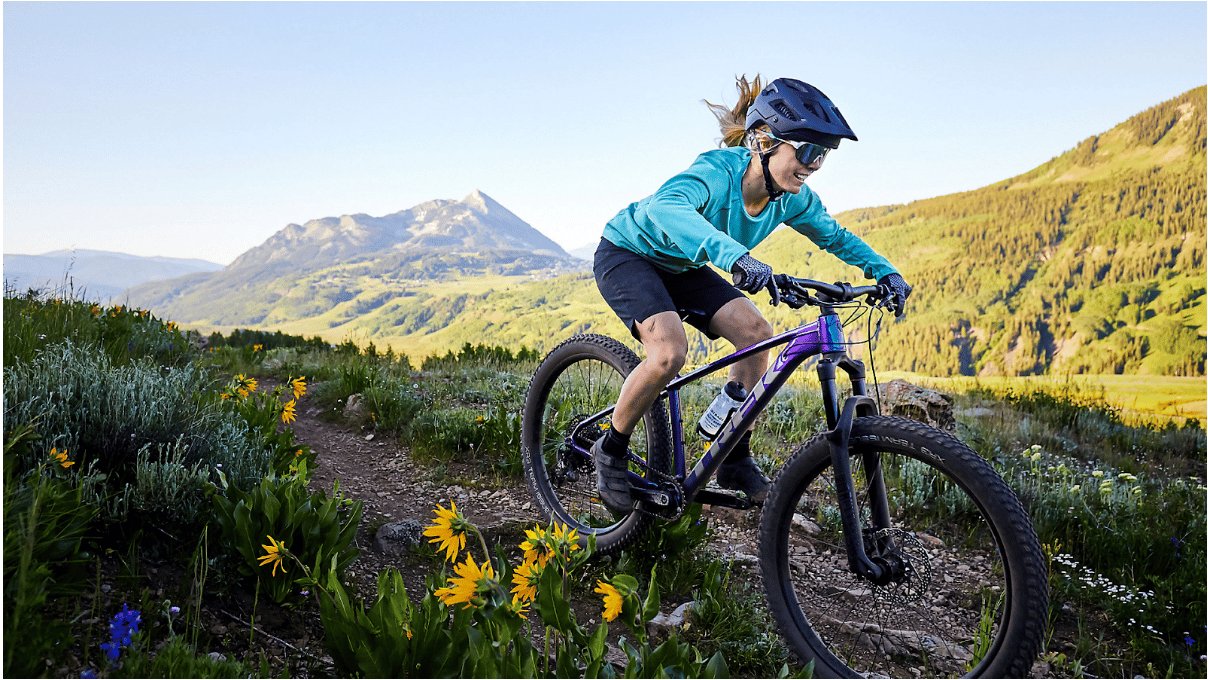If you’re someone just getting into mountain biking or just someone thinking it’s time for a change or upgrade from the bike you already have then it may be a little overwhelming, having to know what frame is best for you , which brakes you should have and just hundreds of questions. So to help you work through these and give you a clearer view of which bike is right for you here is the ultimate mountain bike guide.
Which type of mountain bike best suits you
There are many different disciplines and styles of riding that you may not have thought of but each bike is built very differently to suit each one of these disciplines to help you get the most out of your bike. Here are the biggest types of mountain biking disciplines.
Leisure bikes

These are bikes which although look like mountain bikes most definitely are not meant for mountain trails because they lack all of the performance components needed to fly down rougher types of terrain. These bikes are recommended to be ridden in very soft and calm conditions like through parks, in your city or maybe through a gentle forest trail if you’re feeling extra brave. Since they don’t come equipped with any of the performance parts these bikes are actually very affordable and if your goal with your bike isn’t to throw it around on a real biking trail then this is a very good choice for you.
Cross country bikes
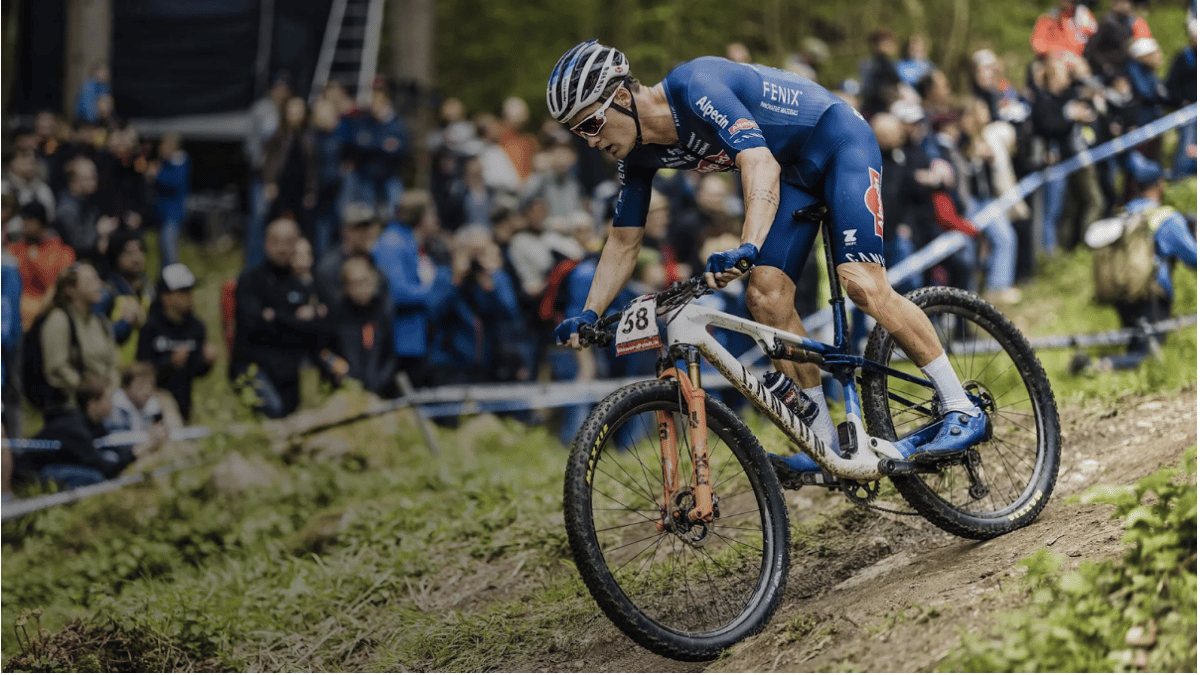
These types of mountain bikes are very robust and can handle the toughest of conditions but they do come at a price and are very expensive. These bikes aren’t really meant for trails with big drops or anything major but rather excel in mountain trails and forest paths and they normally have 100 to 120 mm of travel in their suspension setup.
The cross country bikes are normally lighter than most other recreational bikes because of their high quality performance parts. They are also made lighter for their racing style because it needs to be able to climb up tough hills and mountains. These bikes come in both hardtails and full suspension models depending purely on your preference and the type of trails you’ll be riding. The price of cross country bikes can vary anywhere from $800 to even over $10,000 for the best of the best.
All mountain bikes
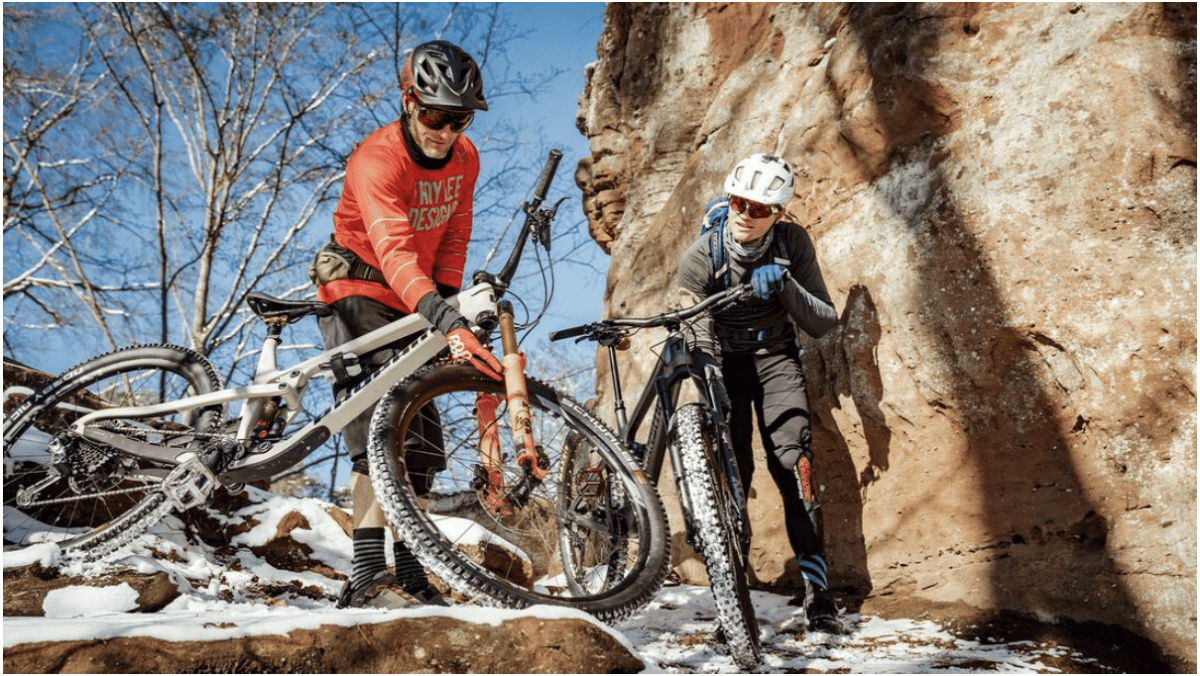
An all mountain bike is the perfect type of bike for someone who is more of an all round rider and rides all types of mountain trails. You will most likely be riding a full suspension bike so you can handle all types of terrain and your shocks would probably offer around 120 to 150 mm in travel. The travel these bikes have is a little longer than teh cross country bikes so that you’re able to really attack more demanding trails. These bikes are equally good when it comes to their performance uphill and downhill and are the perfect choice for someone looking to take part in a variety of competitions. These bikes prices can vary a lot just like the cross country bikes but they would generally start at around$1000.
Enduro bikes
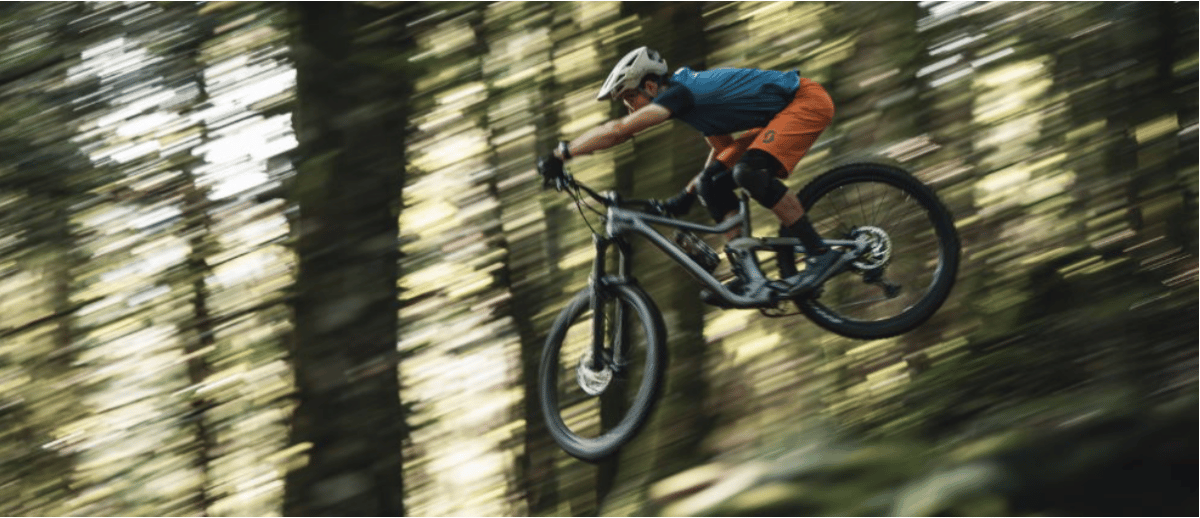
These bikes are basically like a smaller and lighter version of downhill and freeride bikes. These bikes work as an excellent alternative for people who are still looking to attack the very difficult tracks but still be pretty light weight. They’re heavier and thus stronger than all mountain bikes and also offer longer travel of around 160 mm. The bikes in this category come as full suspension beasts and some of them are even still very good climbers so you really get the best of both worlds. They’re also a bit more expensive and start at around $1500
Freeride/Downhill bikes

When it comes to riding the toughest and meanest trails out there then downhill and freeride bikes are definitely at the top of the game with their latest technology. These monsters come with 180 to 200 mm of travel and sometimes even more, this level of suspension allows riders to overcome the toughest and largest obstacles. All of the downhill and freeride bikes are full suspension only.
Now that you maybe know what type of riding you do and furthermore even which type of mountain bike to buy you’ll need to start looking at things like the bike’s components and more technical, specific details.
Hardtail or full suspension?
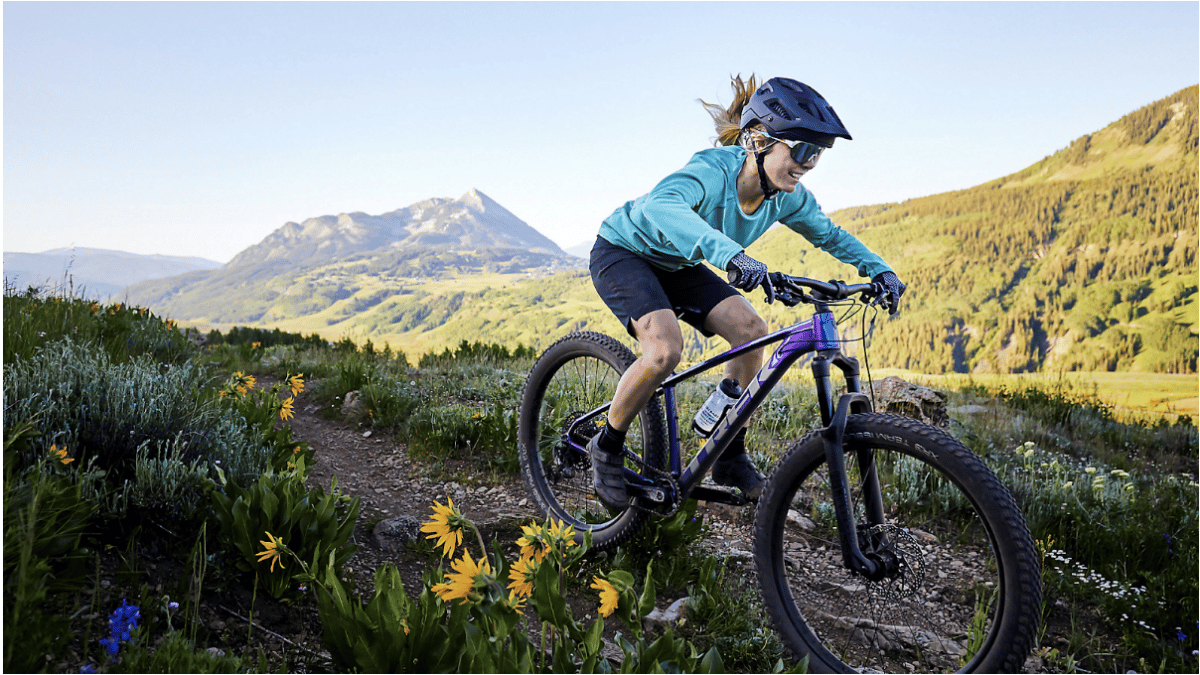
Whether or not you should get a hardtail or full suspension mountain bike is a topic which has been discussed since full suspension bikes have come out but i can recommend that you get a full suspension mountain bike if you have a good budget. Full suspension offers a whole new level of comfort when riding that hard tail bikes just can’t give you. If you are thinking about getting an entry level full suspension bike you should be aware that it will have a lot of basic parts fitted on it compared to a hardtail bike at the same price. If you think that you might even sell the bike after some time to upgrade or just want something new you should also know that since full suspension bikes are more complex than hardtail bikes their value decreases a lot more once you’ve bought it.
Wheels sizes: 26”, 27.5” or 29”
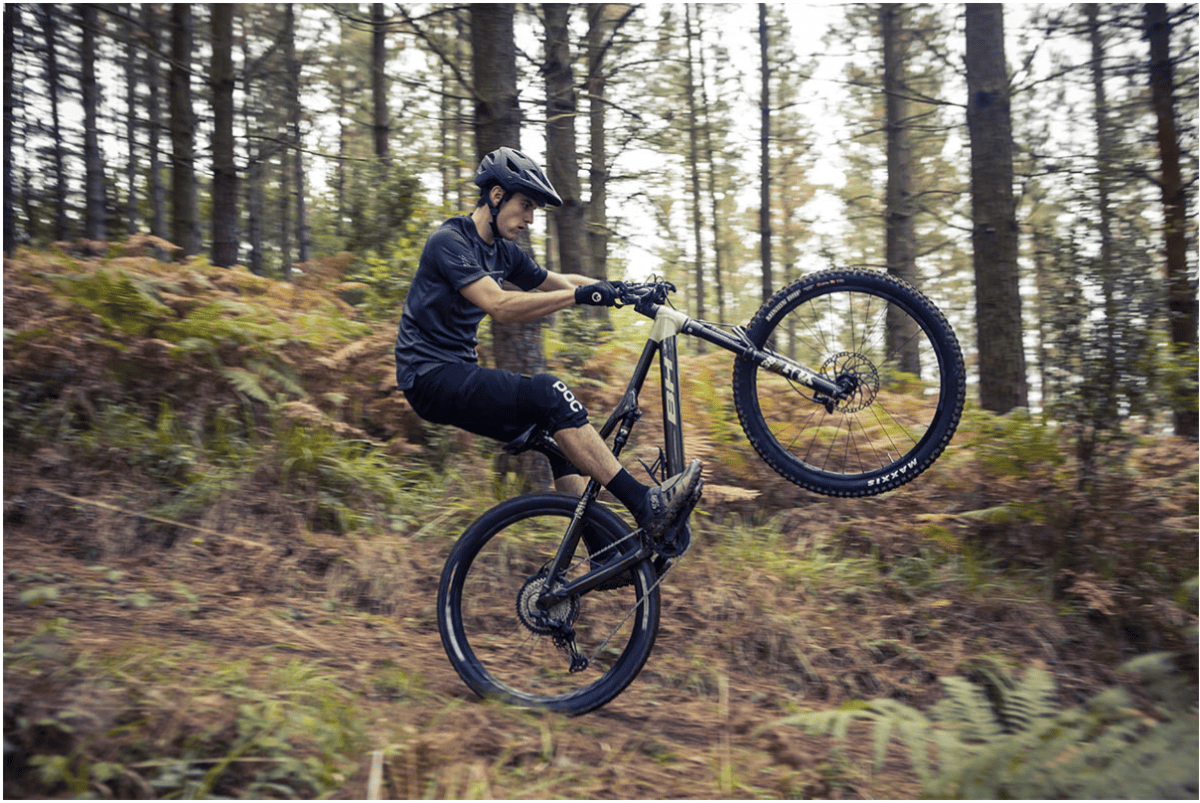
26 inch bikes used to dominate the whole mountain bike market but that was until the 29 and then 27.5 inch wheels came out. The larger, 29 inch, wheels offer a lot of advantages such as the extra contact you get with the ground, higher top speeds and it’s easier to pass over any obstacles. The bigger wheels do also give some negatives such as being more difficult to handle and manoeuvre quickly, this is due to the fact that they are bigger but also because they’re heavier. Then you have the option of getting a size in the middle, the 27.5 inch wheel which is the ideal wheel size for someone who has decided that the 26 inch wheel is too small and the 29 inch wheel is too big.
City riding
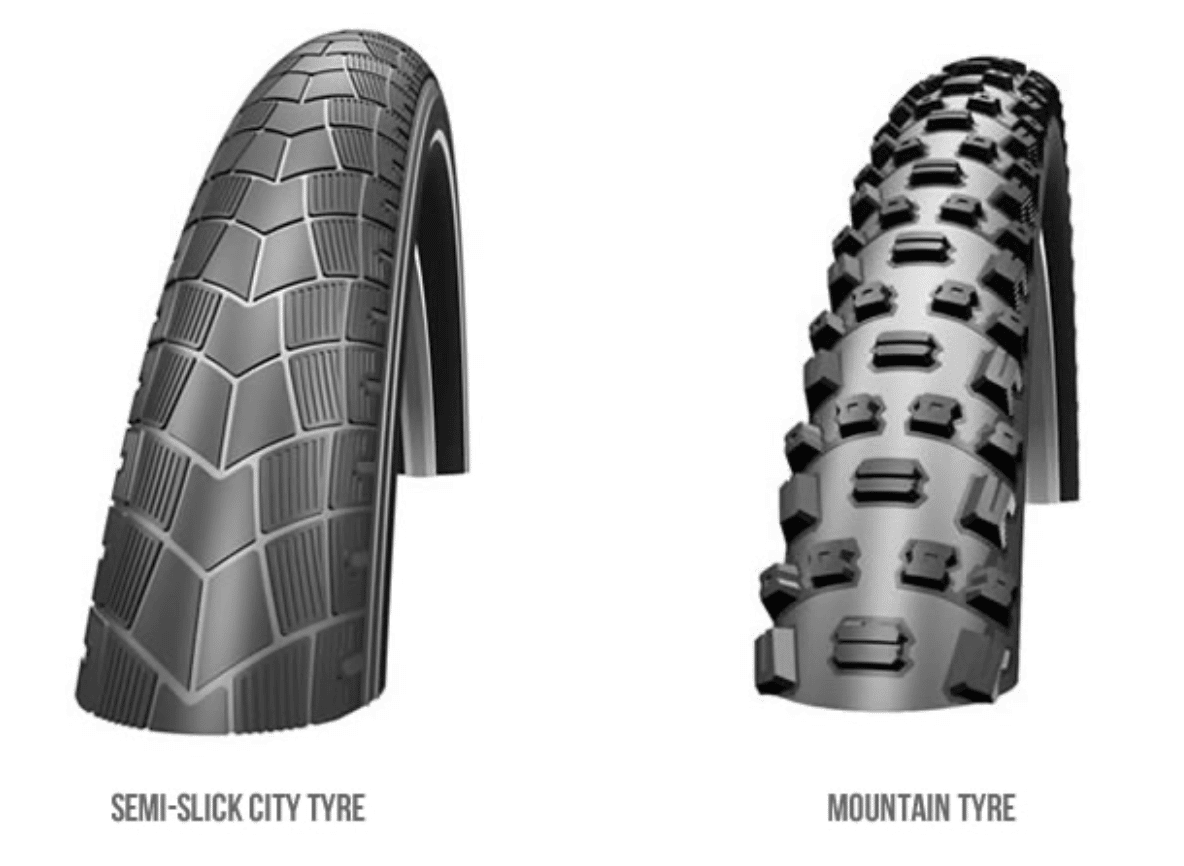
There are quite a few people that purchase mountain bikes even though they are only going to be using it to get around in the city or urban areas. This is pretty popular because then if you want you could take it to the mountain trails on the weekend as well instead of owning two bikes, one only for road riding and one for mountain biking. If you are looking to do this you should think of investing in a semi-slick tyre, these tyres are an excellent choice and offer a much easier cycling experience on the roads.
V-Brakes, mechanical or hydraulic disc brakes
V-brakes are often found on cheaper bikes because they are not as strong nor effective as disc brakes but they are definitely a lot lighter. You should also be careful when the conditions you’re riding in are wet because the performance of these brakes are greatly reduced as soon as they get wet.
If you don’t want to get the cheap v-brakes but the hydraulic brakes are too expensive for you then you can purchase a mechanical disc brake which is priced cheaper than hydraulic brakes but performs better than v-brakes. They are also much easier to service than the hydraulic option is and doesn’t need any bleeding.
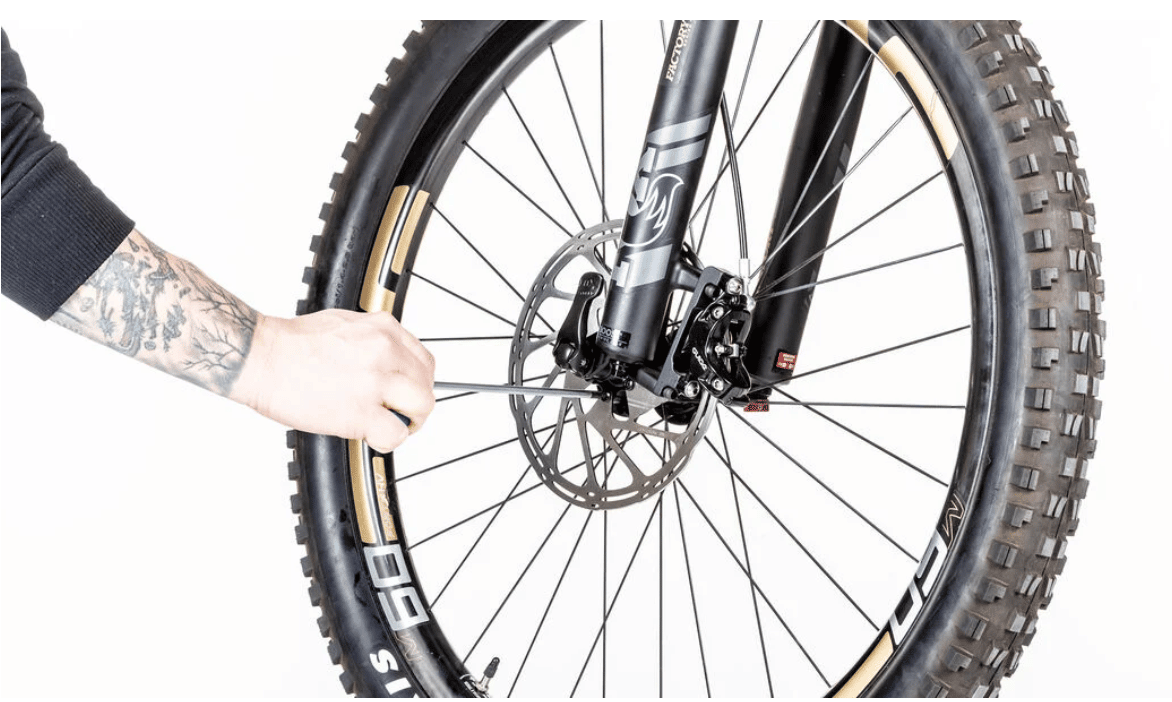
Hydraulic disc brakes are the best types of brakes that are available right now to purchase for mountain bikes. The performance of these types of brakes can even be enhanced depending on the size rotor that you get. If you decide to get a larger rotor you’ll have a lot more braking force than that of a smaller one but you’ll also gain weight. If you are a rider that is over 80 kilos then it is recommended that you get a 180/185 mm rotor and if you’re under 80 kilos then 160 mm is okay. If you are someone who is pushing the limits and riding on extreme trails then you may even want to look at getting a 203 mm rotor while if you’re riding in cross country or marathon races then a 140/160 mm rotor is enough.
Air or Coil fork
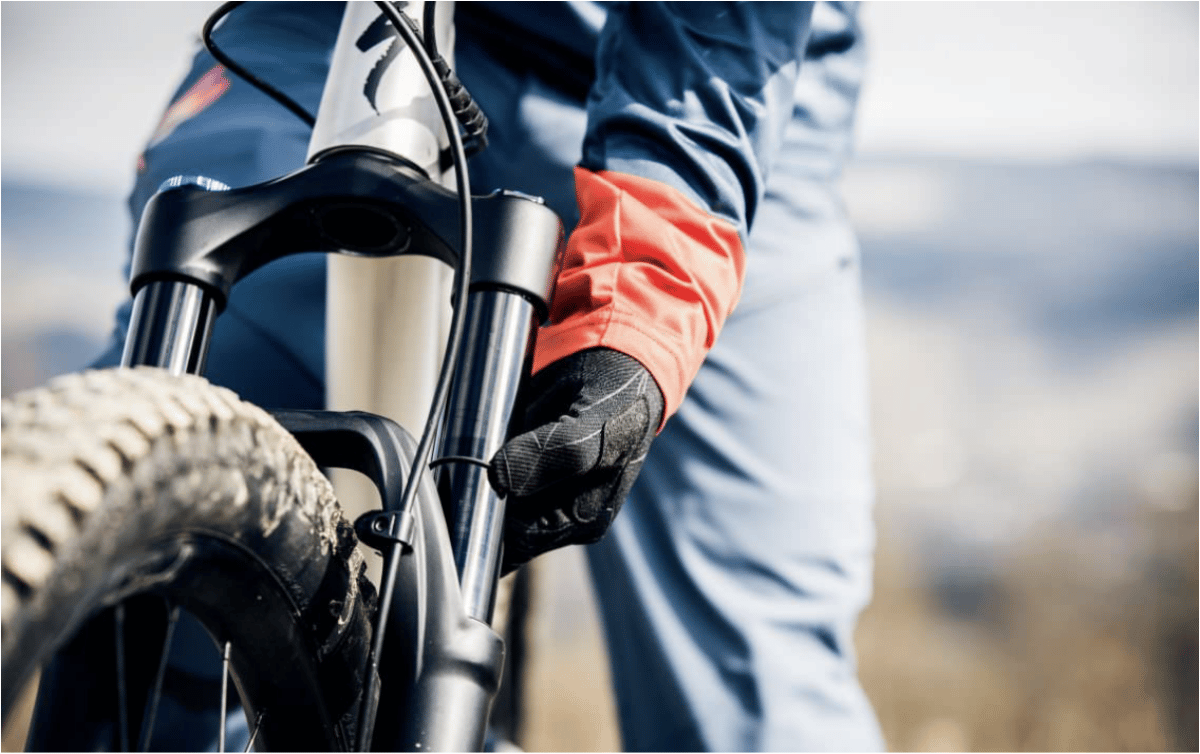
The type of fork is one of the key components of a mountain bike so it’s definitely important to understand which type of suspension you are buying. A coil requires less maintenance than that of air but if you get a cheaper entry level model you must be very careful because they could fail to offer smooth damping, they weigh more and you can’t personalise them as much as you can with air suspension. If you are prepared to spend a bit more than you can definitely buy coil suspension which offers the same level of damping as air suspension.
Air forks are found on more expensive bikes because of their more complicated construction, which also makes them more difficult to maintain or service, but they dampen all bumps and whatnot much better than the coil forks and are also very lightweight. You also have the option to customise the setting on your suspension which is definitely a really good thing to have especially when you start riding at higher levels and want to fine tune your bikes performance to your style. The settings found on air forks include preload, rebound and compression speed.
Drive train
When someone refers to the drive train of a mountain bike, or any bike for that matter, then they are talking about the front derailleur, rear derailleur, chain, crankset, sprockets and gear shift levers. There are quite a lot of parts that were just mentioned that may overwhelm you but instead we can focus on the whole transmission your bike should have.
The two main manufacturers which have been around for a long time and are very trusted brands by other riders are Shimano and Sram. Below is a comparison chart to help you compare the products which they have and also what level of transmission you may need.
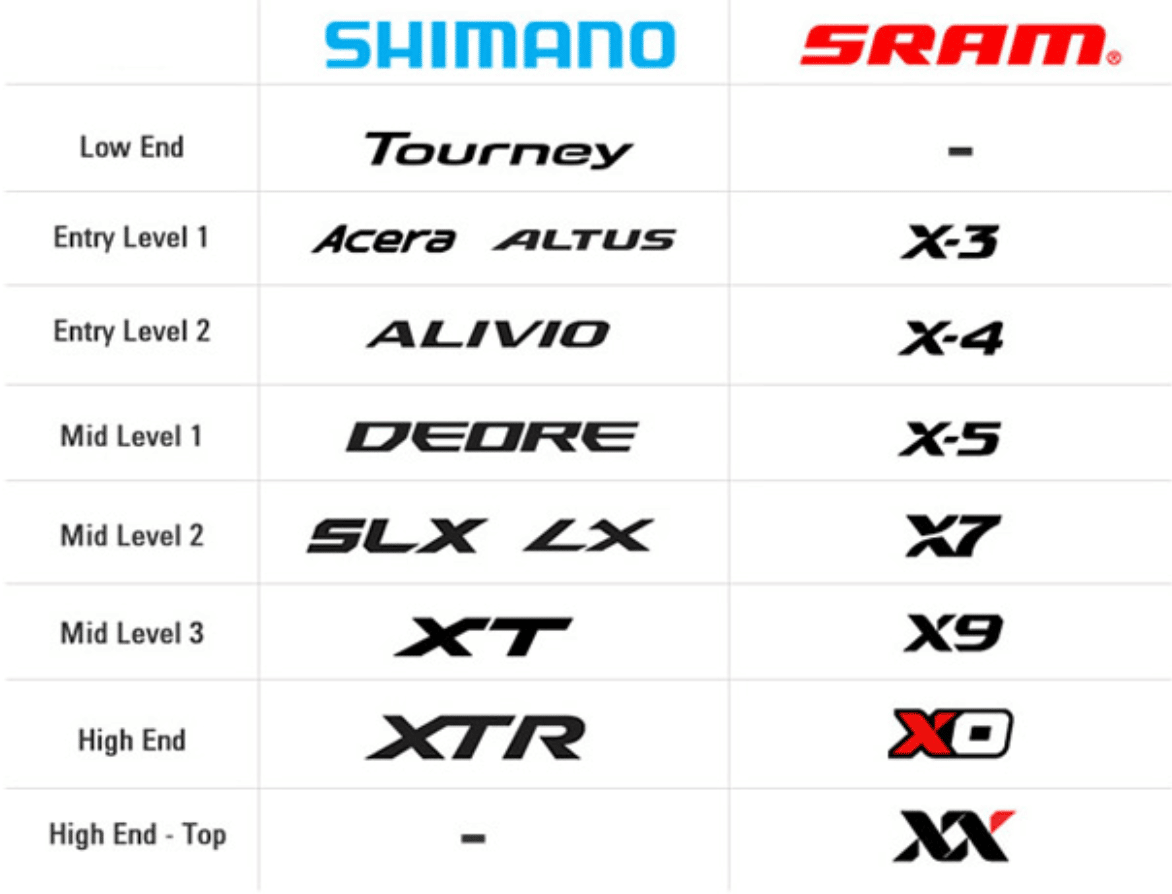
If you are already quite an experienced rider or looking for a transmission set which has an amazing price to performance ratio then the SLX or XT is recommended from Shimano or the X7 or X9 by Sram is another excellent option. The mountain bikes that come with these products attached already are generally more expensive but you’ll be able to enjoy them for longer while also getting amazing performance out of them.
Cranksets: double or triple chainrings?

For the last few years, manufacturers have been offering cranksets with 2 chainrings instead of the crankset with three just because they have noticed that there are a lot of advantages to only having two. The crankset with two chainrings is lighter, doesn’t require as many gear changes and if you are lucky enough to also combine it with the right cassette then they are actually able to offer a very similar ratio to the crankset with three chainrings. If you are someone who has been cycling for a while or someone who is racing then the double chainring is a good option because the 2 x 10 drive trains actually require a bit more power from your pedalling.
Frame size
The frame height of a bike is given in inches and if you don’t know it and if it isn’t stated on the bike then you could measure it yourself even. The frame height is the measurement from the bottom bracket, also known as the crankshaft, to the very top of your seat tube, so not the actual seat post but just to the seat tube.
If you want to find precisely which size frame you need, you can follow the table below which helps you determine it but remember that a 29er frame is very different to that of a 26 inch wheel bike so just to be 100 percent sure always try to make the bike out for a spin and test it before you jump in and buy it.
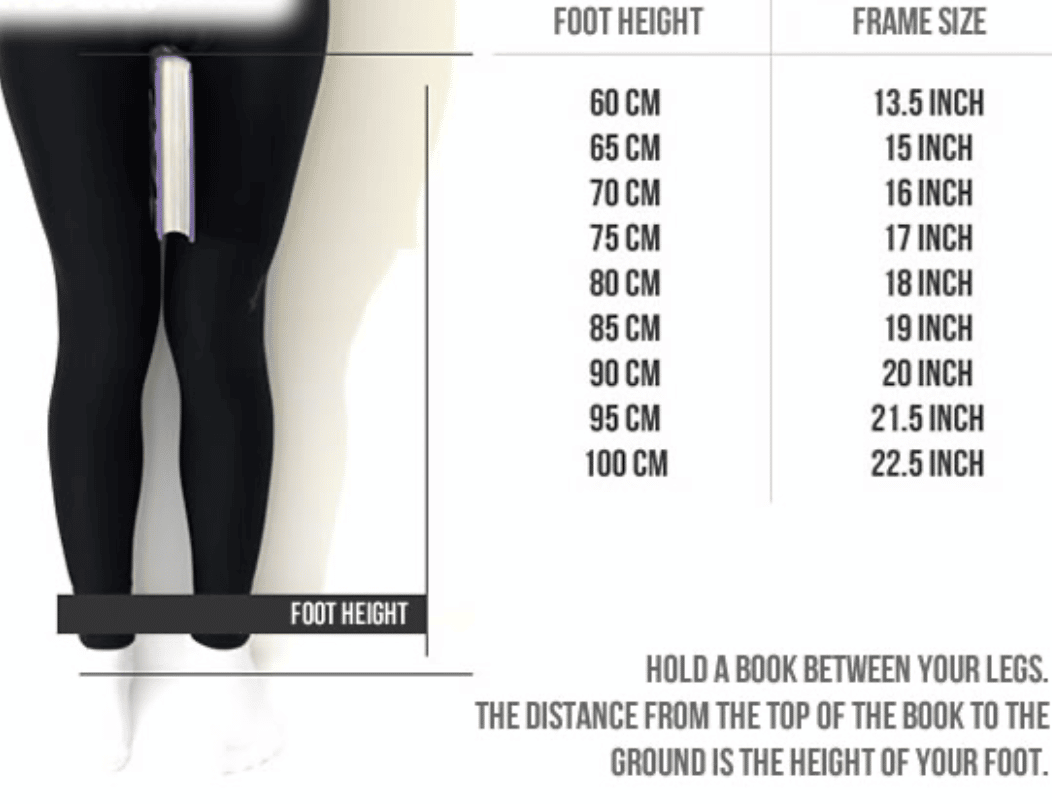
The frame height isn’t the only thing that is important when looking for the right size frame, the length of the top-tube (the tube that goes from your seatpost to the handlebars) of the bike is also extremely important because this determines how far back you’ll be situated from the handlebars of the bike.
When looking at a bike you can also tell how easy it is to handle. By looking at the distance between the two rotational centres of each of the wheels, known as the wheelbase, you can actually see if it is more stable than others, the longer the wheelbase the more stability it offers. However, the shorter the chainstay (distance from the centre of the rear wheel to the centre of the chainring) the more response you get back from the bike because the chainstay is responsible for controlling the bike in corners.
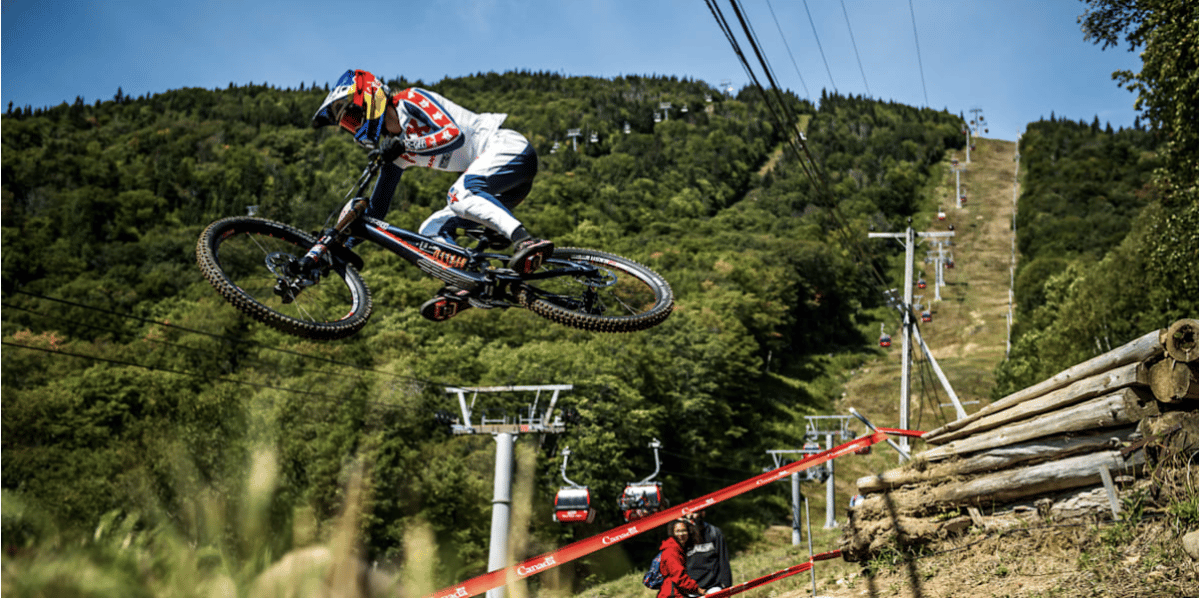
Buying a new bike may seem easy after you’ve taken all this information in but remember to be careful if you’re looking to buy a second hand bike and I’d recommend not purchasing one that is over three years old, just to be safe. So there you have it, the ultimate beginners guide to finding the best mountain bike for you. Now go out and shred!

